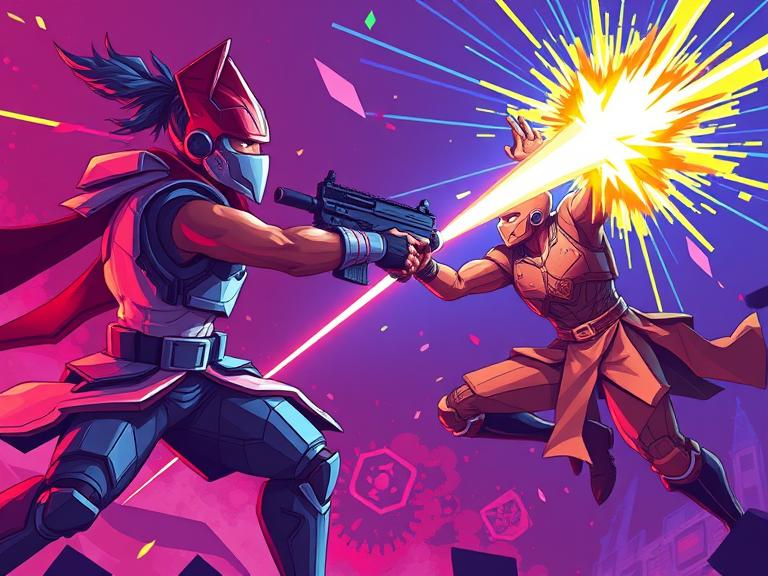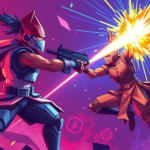Combat in games is about more than numbers—it’s about feel, and that feel is largely created through animation timing. How quickly a weapon swings, how an enemy staggers, or how a combo flows all determine whether combat feels heavy, responsive, or satisfying.
Dark Souls and Elden Ring use deliberate, weighty animations. Every swing has wind-up and recovery, forcing commitment. The player learns to read frames—timing dodge rolls, blocks, or parries precisely. This creates a tense, high-stakes rhythm.
By contrast, games like Devil May Cry or Bayonetta emphasize fluidity. Cancel windows, animation blending, and hitstop all make combat feel fast and empowering. The timing is tuned to reward reflexes and creativity, not caution.
God of War (2018) strikes a balance. Kratos’s axe has heft, but animations are responsive enough to feel modern. Combos have clear cadence, and enemy reactions are tightly synced to player actions, creating a sense of impact.
Key timing techniques in combat animation:
- Anticipation: small pre-actions that signal movement
- Follow-through: finishing actions that reinforce weight
- Hitstop: a momentary pause when landing a hit, enhancing impact
- Cancel frames: allowing skilled players to interrupt or chain moves
Well-timed animation creates trust between the game and the player. The controls feel responsive because the visuals align perfectly with input and intent. Great combat isn’t just designed—it’s choreographed.






